For boys’ sock size conversion, match the sock size to their shoe size. Typically, a boys’ small sock fits shoe sizes 10-2.
Understanding boys’ sock size conversion ensures comfort and proper fit. Properly sized socks prevent discomfort and promote foot health. Parents often struggle with finding the right sock size as boys grow. Sock sizes usually align with shoe sizes, making it easier to choose the right fit.
For instance, a boys’ small sock generally fits shoe sizes 10-2, while a medium fits sizes 3-6. Always check the sock size chart provided by manufacturers. This helps in selecting the correct size. Ensuring the right fit enhances comfort and supports active lifestyles. Accurate sizing also prolongs the life of the socks.
Introduction To Sock Sizes
Finding the right sock size for boys can be confusing. Sock sizes vary by brand and country. Knowing the correct size ensures comfort and prevents issues.
Importance Of Proper Fit
A proper fit is crucial for comfort. Socks that are too tight can restrict blood flow. Loose socks can cause blisters and discomfort.
- Comfort: Well-fitting socks keep feet happy.
- Health: Proper fit avoids foot problems.
- Durability: Correct size ensures socks last longer.
Common Sizing Issues
Common sizing issues can cause discomfort. One issue is choosing socks based on shoe size alone.
Another problem is ignoring the material stretch. Different materials stretch differently.
| Sock Size | Shoe Size | Age Range |
|---|---|---|
| Small | 9-2.5 | 4-7 years |
| Medium | 3-6 | 8-12 years |
| Large | 6.5-9 | 12+ years |
Measuring Boys’ Feet
Accurate measurements are essential for buying the right sock size. Boys’ feet grow quickly, so regular checks ensure comfort. This guide helps you measure boys’ feet correctly.
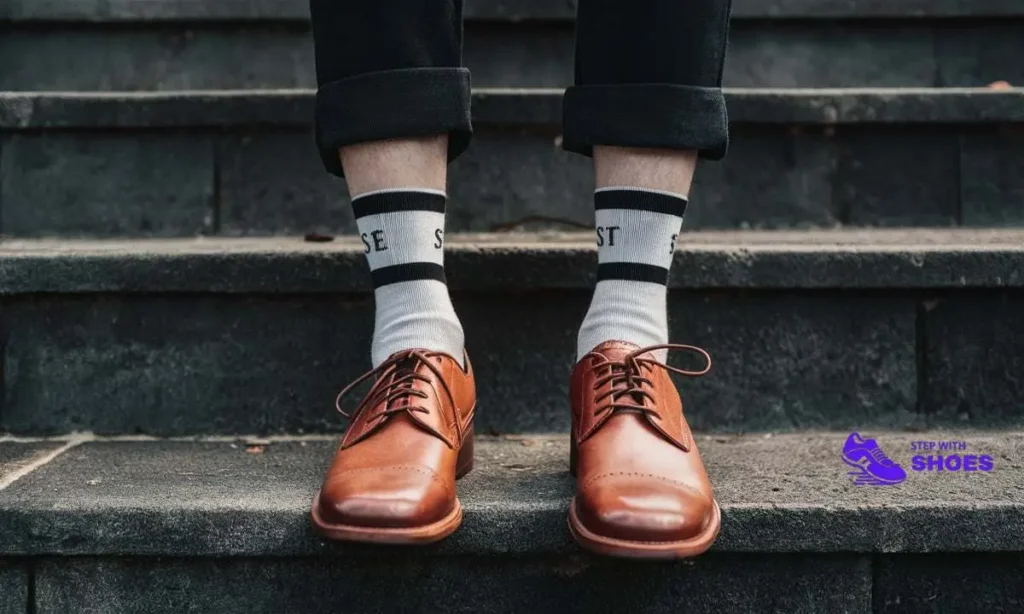
Tools Needed
- Ruler or Measuring Tape: Ensure it measures in inches and centimeters.
- Paper: For tracing the foot.
- Pencil: To trace the foot outline.
- Flat Surface: A hard floor is ideal.
Step-by-step Guide
- Place the paper on a flat surface.
- Have the boy stand with one foot on the paper.
- Ensure the foot is flat and toes are spread.
- Trace around the foot with a pencil.
- Repeat with the other foot.
- Measure the longest distance from heel to toe.
- Record the measurements in inches and centimeters.
| Foot Length (Inches) | Foot Length (Centimeters) | Suggested Sock Size |
|---|---|---|
| 6.5 – 7.5 | 16.5 – 19 | Small |
| 7.5 – 8.5 | 19 – 21.5 | Medium |
| 8.5 – 9.5 | 21.5 – 24 | Large |
Use this guide to ensure the best fit for your boy’s socks. Properly fitted socks enhance comfort and support.
Understanding Sock Size Charts
Choosing the right sock size for boys can be confusing. Sock sizes differ across various regions. Understanding sock size charts helps in picking the perfect fit. This guide will simplify the process for you.
Different Standards
There are multiple sock size standards globally. Each region may use a different method.
- US Sizes: Commonly used in North America.
- UK Sizes: Popular in the United Kingdom.
- EU Sizes: Used throughout Europe.
These standards may overlap but often vary. Knowing the specific standards helps in making better choices.
Reading The Chart
Sock size charts provide essential information. They usually include foot length and shoe size. Below is a simple chart for reference:
| Foot Length (inches) | US Size | UK Size | EU Size |
|---|---|---|---|
| 5-6 | 5-7 | 4-6 | 21-23 |
| 6-7 | 7-9 | 6-8 | 23-25 |
| 7-8 | 9-11 | 8-10 | 25-27 |
To use the chart, measure the foot length. Match it with the corresponding size in the chart. This ensures a snug and comfortable fit.
Understanding these charts makes buying socks easier. Happy shopping!
Us Vs. International Sizes
Understanding boys’ sock sizes can be tricky. Different countries use different sizing systems. This blog will help you understand the key differences between US and international sizes.
Conversion Basics
Converting sock sizes between US and international systems is essential. This ensures a proper fit for your child’s socks. Below is a basic conversion table:
| US Size | EU Size | UK Size |
|---|---|---|
| 9-11 | 27-30 | 8-10 |
| 10-12 | 31-34 | 9-11 |
| 13-4 | 35-38 | 12-1 |
Key Differences
The key differences between US and international sizes include:
- Numbering Systems: US sizes use a different numbering system compared to the EU and UK.
- Measurement Units: US sizes are based on inches, while EU and UK use centimeters.
- Age Groups: Some countries categorize sizes based on age ranges.
These differences can make shopping for boys’ socks confusing. Always check the size chart before purchasing. This will ensure the best fit for your child.
For example, a US size 10-12 sock might be an EU size 31-34. It is also a UK size 9-11. Knowing these conversions can save time and ensure comfort.
Remember, different brands may have slight variations. Always measure your child’s feet for the most accurate fit. Use the conversion table above as a general guide.
Tips For Buying Socks Online
Buying boys’ socks online can be easy with the right tips. Knowing how to choose the right size is essential. Let’s explore some tips that will help you make the right choice.
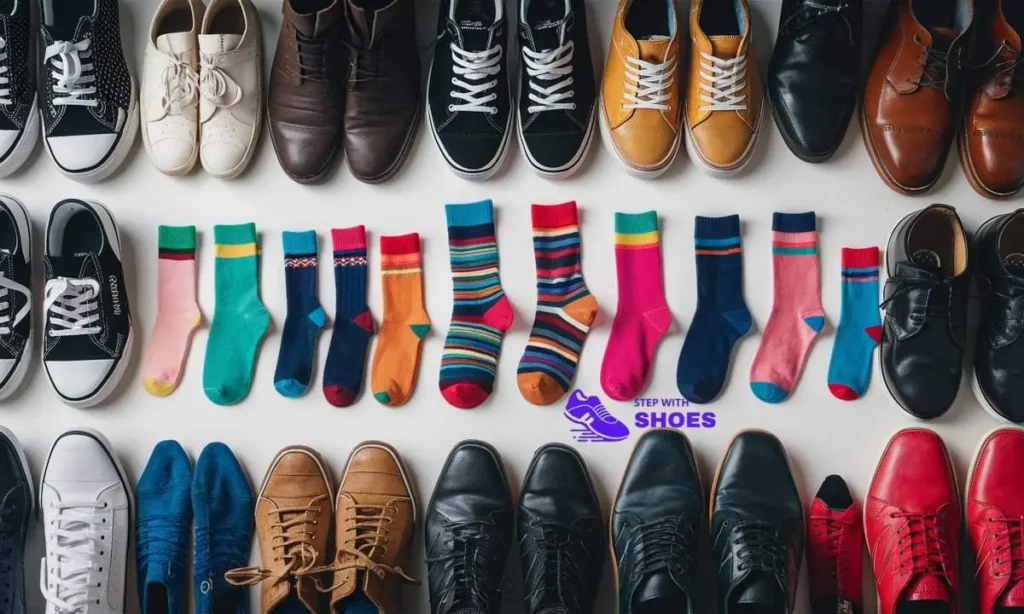
Checking Size Guides
Always check the size guide provided on the website. Each brand may have different sizing. Use a measuring tape to measure your boy’s foot. Compare the measurement with the size guide. This will help you find the perfect fit.
| Foot Length (inches) | Sock Size |
|---|---|
| 5-6 | XS |
| 6-7 | S |
| 7-8 | M |
| 8-9 | L |
| 9-10 | XL |
Customer Reviews
Read customer reviews before buying. Reviews can provide real-life insights. Look for feedback on size accuracy. Check if the socks shrink after washing. Reviews often mention comfort and durability. This information is valuable for making a decision.
- Check size accuracy
- Look for comments on comfort
- Read about durability and wear
- Find out if socks shrink after wash
By following these tips, you can confidently buy boys’ socks online. Ensure the right fit and comfort by checking size guides and reading reviews.
Common Sock Materials
Choosing the right material for boys’ socks is important. Different materials offer unique benefits. This section explores the most common sock materials.
Cotton Vs. Synthetic
Cotton and synthetic materials are the most popular choices. Each has its own advantages. Let’s compare them side by side.
| Feature | Cotton | Synthetic |
|---|---|---|
| Comfort | Very comfortable | Comfortable |
| Breathability | Highly breathable | Moderately breathable |
| Durability | Less durable | Highly durable |
| Moisture-Wicking | Poor | Excellent |
Benefits Of Each
Cotton socks are known for their comfort and breathability. They are soft and gentle on the skin.
- Great for everyday wear
- Ideal for sensitive skin
- Natural material
Synthetic socks offer durability and moisture-wicking properties. They are perfect for active boys.
- Last longer
- Keep feet dry
- Resist wear and tear
Seasonal Sock Choices
Choosing the right socks for boys can depend on the season. Different seasons call for different materials and styles. Understanding these choices can help you pick the best socks for any time of year.
Winter Options
During the colder months, boys need warm and cozy socks. Wool socks are a great choice for winter. Wool keeps feet warm and dry. It is also breathable and helps prevent sweat. Here are some popular winter sock options:
- Wool Socks: Naturally warm and moisture-wicking.
- Thermal Socks: Extra thick for maximum warmth.
- Fleece-lined Socks: Soft inside for added comfort.
Make sure the socks fit well. Socks that are too tight can cause discomfort. Socks that are too loose can bunch up inside shoes.
Summer Styles
In the summer, boys need lightweight and breathable socks. Cotton is a good material for warm weather. Cotton socks keep feet cool and dry. Here are some summer sock options:
- Low-cut Socks: Perfect for sneakers and low-top shoes.
- Mesh Socks: Extra ventilation for hot days.
- Moisture-wicking Socks: Keeps feet dry and prevents odor.
Ensure the socks are not too thick. Thick socks can make feet hot and sweaty. Choose socks that fit snugly to prevent slipping.
Sock Care And Maintenance
Taking care of your boy’s socks ensures they stay comfortable and last longer. Proper maintenance prevents wear and tear, keeping socks in good shape.
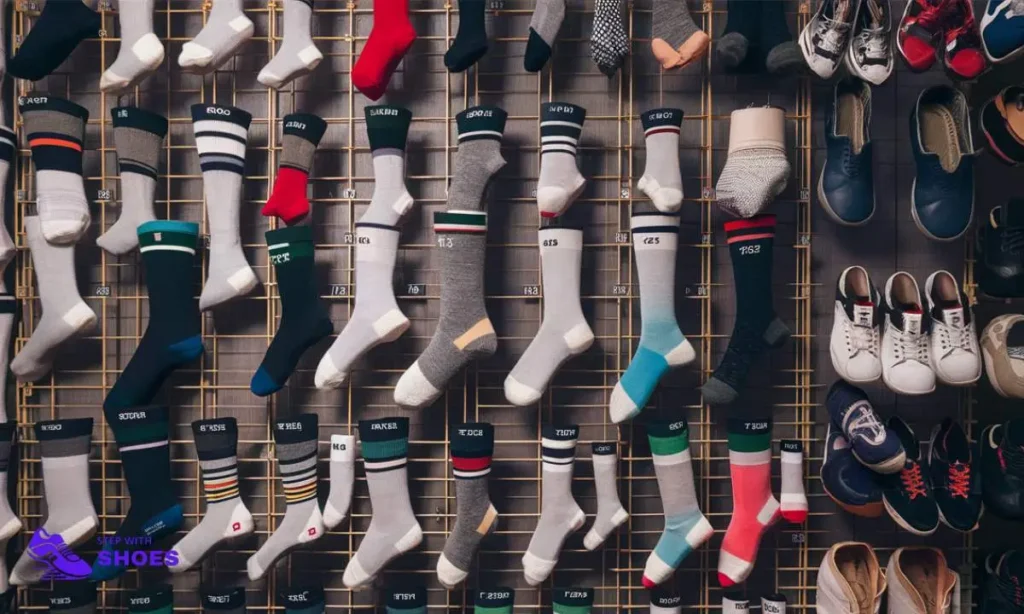
Washing Tips
Washing your boy’s socks correctly is crucial for their longevity. Here are some tips to follow:
- Sort by color: Separate dark and light-colored socks to avoid color bleeding.
- Use a gentle cycle: Opt for a gentle wash cycle to protect the fabric.
- Cold water: Wash socks in cold water to prevent shrinking and fading.
- Turn inside out: Turn socks inside out to maintain their softness and color.
- Avoid bleach: Bleach can weaken the fabric and cause holes.
Extending Lifespan
To make your boy’s socks last longer, follow these simple tips:
- Proper storage: Store socks in a cool, dry place to prevent moisture damage.
- Avoid direct heat: Dry socks away from direct heat sources to maintain elasticity.
- Rotate usage: Rotate socks to avoid wearing out a single pair too quickly.
- Inspect regularly: Check for holes and repair small tears promptly.
- Use fabric softener: Occasionally use fabric softener to keep socks soft and stretchy.
By following these care and maintenance tips, your boy’s socks will remain comfy and durable for a long time.
Troubleshooting Fit Issues
Finding the perfect sock size for boys can be tricky. Sometimes, the socks don’t fit as expected. This can cause discomfort and even health issues. Here are some common fit problems and how to solve them.
Too Tight Or Loose
Socks that are too tight can restrict blood flow. This can cause pain and swelling. Check the sock size chart to ensure the correct size. If the socks leave marks on the skin, they are too tight.
Conversely, socks that are too loose can bunch up. This can cause blisters and discomfort. Make sure to buy socks that fit snugly but not tightly. Elasticity in the material is also important for a good fit.
Blisters And Discomfort
Blisters can form if the socks are too loose or tight. They can also occur if the material is rough. Choose socks made of soft, breathable materials. Cotton and bamboo are good options.
Inspect the seams of the socks. Rough or bulky seams can cause discomfort. Seamless socks are a great choice for boys with sensitive skin.
| Issue | Solution |
|---|---|
| Too Tight | Check size chart, avoid tight elastic |
| Too Loose | Select snug fit, ensure good elasticity |
| Blisters | Choose soft materials, check for smooth seams |
- Size Chart: Always refer to the size chart before buying.
- Material: Opt for soft, breathable fabrics.
- Seams: Look for seamless or flat-seam socks.
By following these tips, you can ensure a comfortable fit for boys’ socks. Pay attention to size, material, and seams for the best results.
Conclusion And Final Tips
Understanding boys’ sock size conversion can be a bit confusing. This guide has provided you with essential tips and information. Now, let’s wrap up with a quick recap and some additional resources.
Recap Of Key Points
- Boys’ sock sizes vary by age and shoe size.
- Measure foot length for accurate sizing.
- Check the size chart provided by brands.
- Ensure socks have comfortable material and good elasticity.
Additional Resources
For further assistance, consider the following resources:
- Size Charts: Many brands have detailed size charts online.
- Customer Reviews: Read reviews for insights on fit and comfort.
- Retail Stores: Visit stores to try different sock sizes.
By following these tips, you can ensure the perfect fit for your boy’s socks!
Frequently Asked Questions
How To Size Boys’ Socks?
Measure the child’s foot length in inches. Match the measurement to the sock size chart. Ensure a snug fit.
What Does Kids Sock Size 9/11 Mean?
Kids sock size 9/11 fits children with shoe sizes 9 to 11. It generally suits kids aged 4 to 8 years.
What Age Is Sock Size 9 To 12?
Sock size 9 to 12 typically fits children aged 4 to 8 years old. Always check the brand’s size chart.
Conclusion
Understanding boys’ sock size conversion is crucial for finding the perfect fit. Accurate sizing ensures comfort and prevents blisters. Always refer to size charts when shopping. This guide simplifies the process, making your next purchase easier. Happy sock shopping!
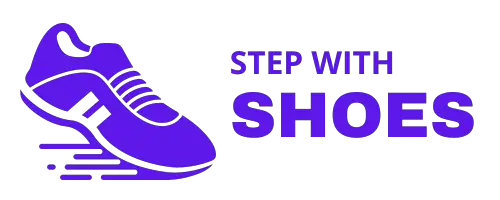
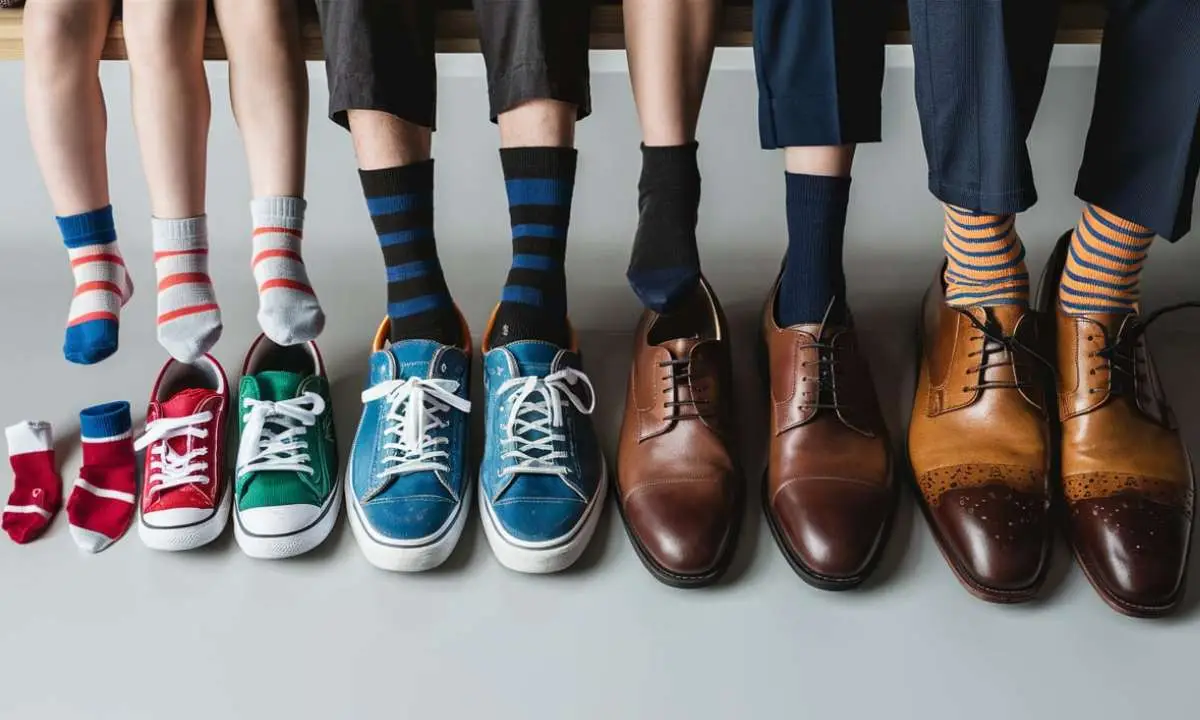

Leave a Reply